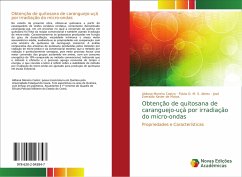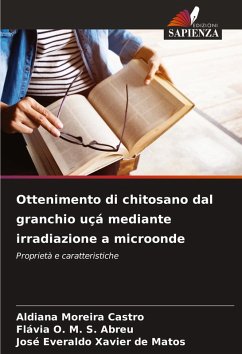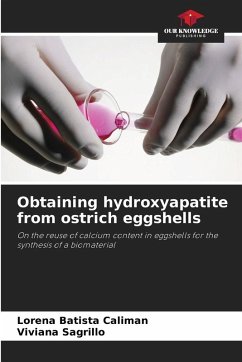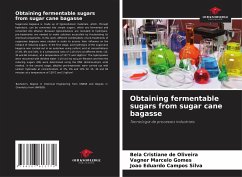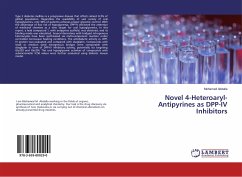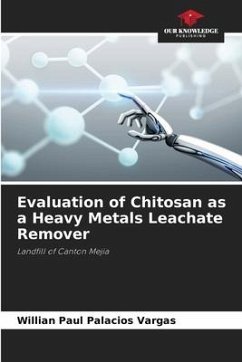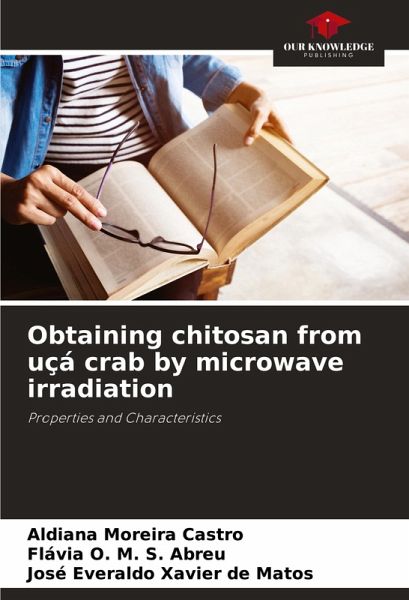
Obtaining chitosan from uçá crab by microwave irradiation
Properties and Characteristics
Versandkostenfrei!
Sofort lieferbar
24,99 €
inkl. MwSt.

PAYBACK Punkte
12 °P sammeln!
In this study, chitosan was obtained from the exoskeleton of Ucides cordatus cordatus, commonly known as the uçá crab, in a process in which chitin was converted into chitosan via a conventional reaction and also using microwave irradiation. The chitosans produced were characterised according to their degree of deacetylation, intrinsic viscosity and average viscosimetric molar mass, and their properties were evaluated in comparison with a sample of commercial crab chitosan. Comparative analysis of the chitosan samples produced by microwave radiation and conventional methods showed that the r...
In this study, chitosan was obtained from the exoskeleton of Ucides cordatus cordatus, commonly known as the uçá crab, in a process in which chitin was converted into chitosan via a conventional reaction and also using microwave irradiation. The chitosans produced were characterised according to their degree of deacetylation, intrinsic viscosity and average viscosimetric molar mass, and their properties were evaluated in comparison with a sample of commercial crab chitosan. Comparative analysis of the chitosan samples produced by microwave radiation and conventional methods showed that the radiation method is particularly advantageous, as this process resulted in greater conversion of acetamide groups to amino groups, with 10% energy consumption compared to the conventional method, indicating that the method is efficient and the process saves time and energy, which invites the reader to reflect on the feasibility of adjusting the microwave irradiation method for industrial-scale chitosan production.



